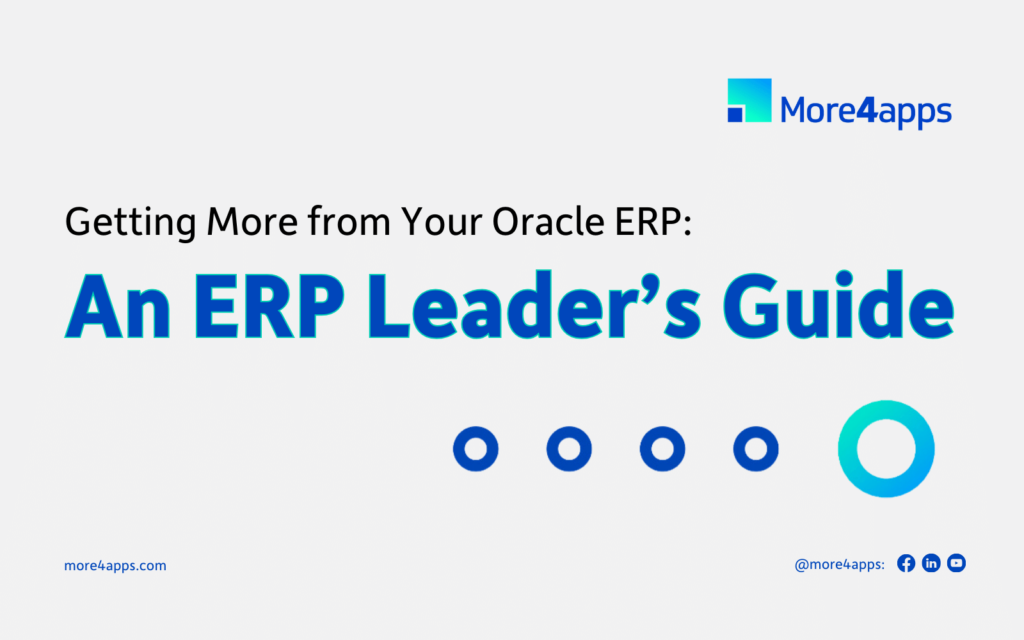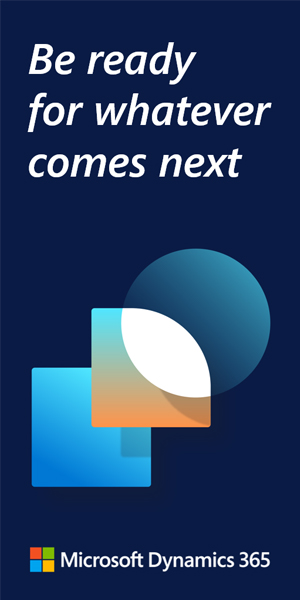The concept of a composable architecture is linked to ERP — breaking apart specific components into bite-size pieces that can be more quickly and easily updated or exchanged for new functionality without having to tackle the entire massive application.
Yet we wonder whether this concept of “composability” is perhaps also a way to describe modernization and the entire movement to a cloud or hybrid cloud infrastructure.
Take, for example, Kenco Logistics, the largest woman-owned third-party logistics firm in the United States.
EDI Transformation
With more than 25 million square feet of warehouse space spanning 100 facilities in 30 U.S. states and Canada, Kenco first came to Boomi as part of a transformation initiative that would make it more agile and responsive to market dynamics and new opportunities.
With the end goal of being able to onboard new customers more quickly and efficiently, without custom integration, Kenco knew that transitioning from an on-premises IT procurement system to a more nimble, scalable cloud service was key. And to do that, Kenco decided to compartmentalize its EDI, replacing the legacy technology with the Boomi platform running in the cloud.
This approach meant that instead of adding EDI integration through a separate application acting as a “middle man” between Kenco and its customers, Kenco effectively now has a single, low-code development environment for EDI and across all other forms of integration.
And, it was done concurrently with a planned migration of software from about 250 on-premises servers to virtual servers running on Amazon Web Services (AWS).
Save Time Through Intelligent Automation
By decomposing EDI into an integration platform and by thinking “cloud first,” Kenco can now scale services and business surges quickly, without the need for new hardware or software.
And the net result for the business? Kenco cut the time it takes for customer onboarding by half, automating what had been manual processes with fewer errors.
Most organizations like yours are already looking at composable ERP as part of your forced SAP or Oracle migration (a 2021 Boomi ERP survey revealed that about 94% of businesses — 9 out of 10 — were embracing such a strategy.)
Yet leading companies that are making the most of this move are looking beyond their standard ERP application to seek new ways of achieving efficiencies that lay the groundwork for the future. Isn’t it time?






